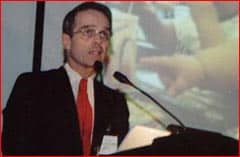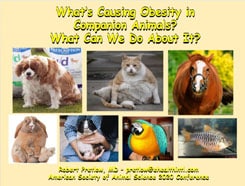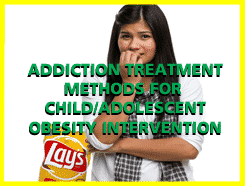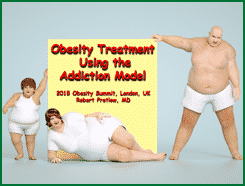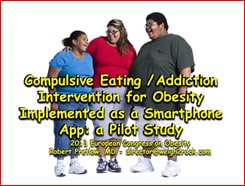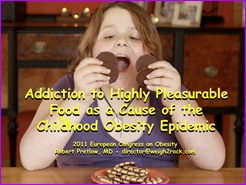Parts and More Parts and IFS

Many professionals have explained and elaborated on the theories, called Internal Family Systems (IFS), of Dr. Richard Schwartz. It’s all about the “parts” — or inner beings — that inhabit psychologically troubled people. In what is perhaps a vain attempt to understand why these childhood-obesity-related teachings have caught on in such a big way, we consult yet another explainer, this time, writer Tess Brieva.
Overall, there seems to be a consensus that the various parts all aim to do the same job in different ways. That main task is to help the patient figure out, “Why am I doing this to myself?” Or perhaps, “Why are we doing this to ourselves?” Bottom line is, they all, in their unique ways, struggle to ultimately blend together into a single, healthy being.
One problem is, some of the parts are misguided, and every effort they make to avoid causing pain to the “exile” parts will only cause new problems. A “firefighter,” for instance, being an emergency first responder, might recommend an obvious cure that will distract and comfort the human host quickly, but alas, only temporarily. Brieva writes,
A binge-eating part might believe it’s helping by offering temporary comfort from emotional pain, while a restrictive eating part may believe it’s creating safety through control.
Then — just like small children when Mommy and Daddy fight — the “exile” parts experience even more fear, loneliness, shame, separation, and other negative emotions. Their problems are compounded, and another cycle of attempted compensation begins.
“It’s above my pay grade”
This author characterizes the “manager” parts as proactive, and anxious to avoid such obstacles as, for instance, painful emotions. Sadly, those efforts to dodge suffering only generate more problems, like, for instance, unreasonable rules and unachievable standards. It all gets to be just one big dysfunctional merry-go-round, with every part clueless about how to make the darn thing grind to a halt so everybody can get a grip.
Apparently, the basic goal of Internal Family Systems is to rope all those confused yet earnestly striving inner beings onto the “same page.” Or at least, singing from the same hymnal. Brieva explains what stands in the way of that peaceful resolution:
In eating disorders, managers and firefighters are usually polarized, creating inner conflict and a sense of confusion, turmoil, or stagnation. Protector parts in these extreme roles often lead to yo-yo dieting, restrict-binge cycles, and other unstable patterns.
Nobody wants to live with a bunch of different voices yammering away inside their head, and IFS makes a valiant effort to carve a new path to a better way. As the author explains,
IFS encourages individuals to explore the underlying intentions of their parts and uncover the deeper wounds driving those behaviors. Healing becomes possible when all parts are welcomed, listened to, and guided by the Self toward new ways of being.
Then, she clarifies that listening to and understanding the different internal parts, and their various plans for correcting the situation, does not imply approval. The therapist “does not necessarily condone or support this behavior,” because obviously some of the protective plans made by firefighters and managers are anti-social, self-harming, or otherwise counterproductive.
While the intentions are good, the methods may just cause more trouble, and this is what all the inner parts, it is hoped, will understand, and then figure out more effective methods for their healing process. It’s like a club where some members misbehave, but nobody gets kicked out, because the goal is to convert them into team members, who will then help to bring those other slackers into line.
Your responses and feedback are welcome!
Source: “Internal Family Systems and Eating Disorders: A Compassionate Approach to Recovery,” BalancedAwakening.com, undated
Image by kirill_makes_pics/Pixabay

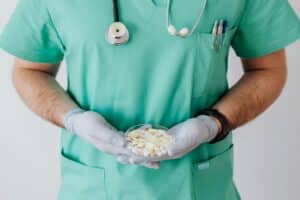




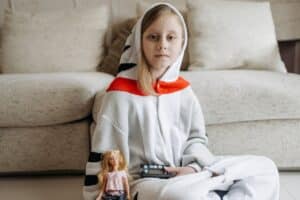



 FAQs and Media Requests:
FAQs and Media Requests: 

